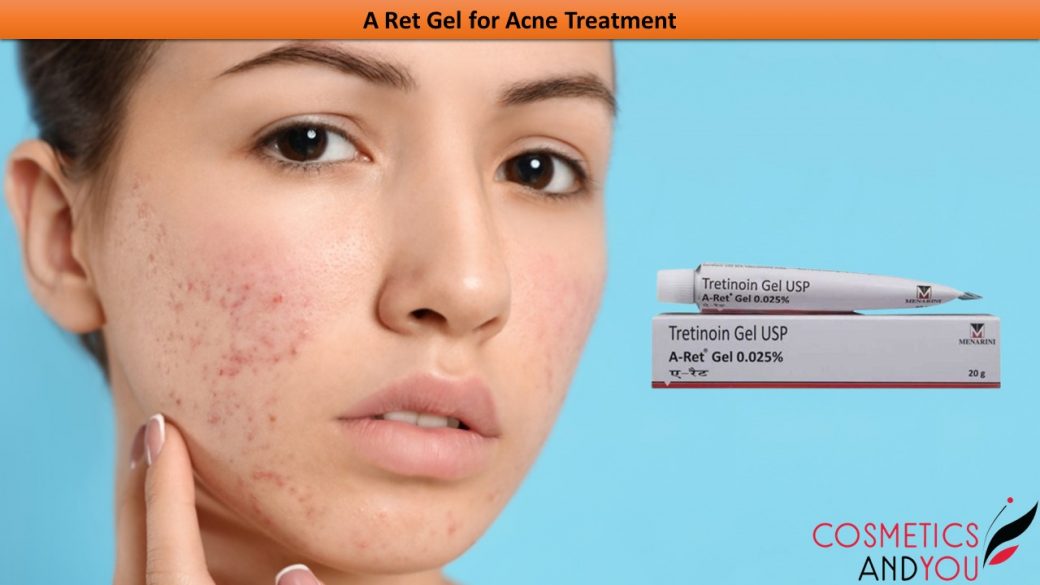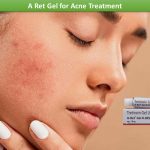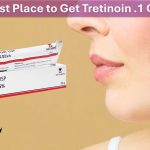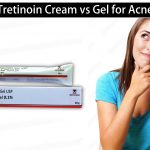Acne vulgaris is a widely prevalent skin disease primarily treated with retinoids, which have been shown to reduce the appearance of acne significantly.
Acne vulgaris is the world’s most common skin disease, affecting 30 to 85% of adolescents. The condition frequently appears in adults as well. However, the rate of incidence diminishes with age. Acne is characterized by eruptions composed of cysts, comedones, papules, and pustules and predominantly appears on the face, chest, and back. Treatment of the disease focuses primarily on preventing the formation of microcomedones and resolving existing lesions.
Topical retinoids have been the mainstay of acne therapy for more than three decades. Retinoids have anti-inflammatory properties, and tretinoin was the first prescription retinoid approved for treating acne vulgaris. It inhibits comedone formation and has anti-inflammatory properties but can also cause skin irritation. Various concentrations of tretinoin have been approved in the United States in several formulations, including gels and creams. Each form and concentration of tretinoin is designed to reduce irritation. This blog will help evaluate the effectiveness and safety of A Ret gel.
Benefits of using A Ret gel
A Ret gel is a retinoid, a form of vitamin A. It causes stimulation of skin cell turnover on your skin. Dead skin cells remove from your skin more rapidly as new skin cells appear on the surface. Rapid cell turnover opens your skin’s pores, releasing bacteria, oil, or dirt responsible for acne formation. A Ret gel has the potential to regulate the production of natural oil, which can prevent future breakouts. As mentioned above, the anti-inflammatory properties help to clear up active acne pustules.
Using A Ret gel for acne
Tretinoin in A Ret gel unblocks the clogged follicles that can contribute to cystic acne. It is usually used in combination with antibiotics. As this tretinoin formulation opens clogged follicles, the antibiotics get the entry and help you eliminate the bacteria responsible for acne breakouts. The gel preparation is transparent in color and contains low amounts of medicines but acts quickly and can irritate your skin. Usually, a thin layer is applied on the skin affected by acne once nightly before sleeping for as long as the acne breakout lasts. Before using the gel, rinse your face with mild soap and gently pat it dry. Then, wait at least 20 to 30 minutes before applying the medicine. While using the product, avoid getting the medication into your eyes, ears, nostrils, and mouth. The best part is that you can use cosmetics, but you should always use your face before applying the gel.
Side effects of A ret gel
There are some side effects associated with the use of A Ret gel. They usually resolve after you stop treatment. Side effects of the medicine include:
- Unexpected lightening of the affected skin area
- Stinging, burning sensation, which may be severe
- Severe redness
- Seever chapping of the skin
- Skin becomes more prone to sunburn
- Unusually warm skin
Very few people using A Ret gel experience a darkening of the skin. Studies have found that the user may get sunburn more easily during tretinoin treatment, so you should avoid direct sunlight.
Precautions while using A Ret gel
As mentioned above, tretinoin is a commonly prescribed medicine for acne, and it is considered safe for most people. However, the product should not be used in some cases because it can contribute to health problems. Do not use A Ret gel if you:
- Are pregnant or planning pregnancy,
- Have a sunburn
- Have eczema or other chronic facial skin conditions
- Are sensitive to sunlight
- Are using photosynthesizing drugs such as tetracyclines, thiazides, fluoroquinolones, sulfonamides, phenothiazines, and others)
Using the lowest strength helps to minimize the side effects. Once your skin begins to tolerate the lowest concentration, you can switch to a higher concentration as tolerated.
Other purposes of A Ret gel
Dermatologists sometimes suggest A Ret gel for uses other than acne. It has been used to treat the
acne scars, fine facial wrinkles, hyperpigmentation (darkening of the skin), and keratosis pilaris (a skin issue that causes small and rough bumps on the skin).
The bottom line
A Ret gel containing tretinoin is a commonly prescribed acne treatment. In addition to treating acne, it reduces fine lines on the face, skin roughness, and skin darkening. Topical A-Ret gel tretinoin can be both a short-term and long-term therapy for clearing up acne and breakouts. While it is extremely effective at treating acne, it is not for everyone. To learn more about this acne treatment, make an appointment with a dermatologist if you have one.





